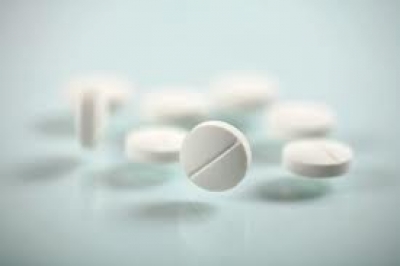The introduction of prednisolone (a well-known derivative of cortisone) meant revolutionary changes in the fifties in the treating of rheumatoid arthritis (RA). After taking prednisolone orally for a few days, the patient's inflammation had been suppressed, and their mobility restored.
It didn't take much time until the discovery of the dark side of corticosteroids: To keep the desirable results, the starting dose had to be increased, which could cause severe side effects. The treatment using corticosteroids still remains one of the most efficient ways of treating patients suffering from severe rheumatoid arthritis, even though some doctors only prescribe it as a final option.
How it works
Steroids differ in their method of action; some function for a longer period of time, but the relief of pain occurs slower, while others work for a shorter amount of time, but relieve the pain much faster. It appears that steroids prevent the release of certain chemical compounds which can cause inflammation and damage to the cartilage and its supporting structure to the joint. New evidence says that corticosteroids also block cytokines, a second class of chemical compounds responsible for inflammations.
You should never stop using corticosteroids suddenly . It can lead to an assault of different symptoms. Instead, you should gradually reduce the dosage. Your doctor will help you in achieving that.
A significant improvement
When used to treat rheumatoid arthritis, corticosteroids are taken either orally, or the doctor applies them through an injection. In any case, they must be given with caution, typically in "micro-doses" which alleviate the inflammation and at the same time avoid severe side effects caused by higher doses. In more serious cases, they can significantly improve the appearance of the condition, often giving the patients a sense of bliss. However, in the end the drugs ceases to work, and side effects may also occur.
Precaution measures
Severe side effects usually do not appear in the case corticosteroids are taken for only one or two months. Even in people needing high doses, may of the side effects will disappear after they cease taking the drug. However, you should be aware of them:
- Withholding of fluid. A person may gain 5 to 10 kilograms, which causes high blood pressure.
- Loss of bone mass. Steroids may cause a loss of calcium from the bones, which can lead to osteoporosis and fractures of the spine of other bones.
- Other side effects are cataracts, milder bruises on the skin, emotional instability, risk of contracting a disease, degradation of large joints such as the hips, children falling behind in growth
Goal: The joint
By injecting steroids directly into the painful joint, rheumatologists can reduce the risk of severe complications that may appear if the steroid in injected in the muscles.
Keeping the infection at the lowest possible measure
Anybody considering taking corticosteroid injections should weigh out their temporary benefits in contrast with all the possible risks, especially the risk of infection of the joint, which can be very serious. To keep the risk of infection at the lowest possible level, doctors usually will not apply steroid injections if the patients has an infection somewhere else in the body, e.g. an infection of the urinary of breathing tract.
As to enable a quick relief of pain, rheumatologists often inject corticosteroids directly into the painful joints of the patients suffering from arthritis. However, repeated injections of corticosteroids can damage the cartilage, especially in the joints that endure a lot of pressure, such as the knee or hip. That is why injections into the same joint must usually be performed with a pause of at least four months.
Source: Excerpt from book "Living with Arthritis"







